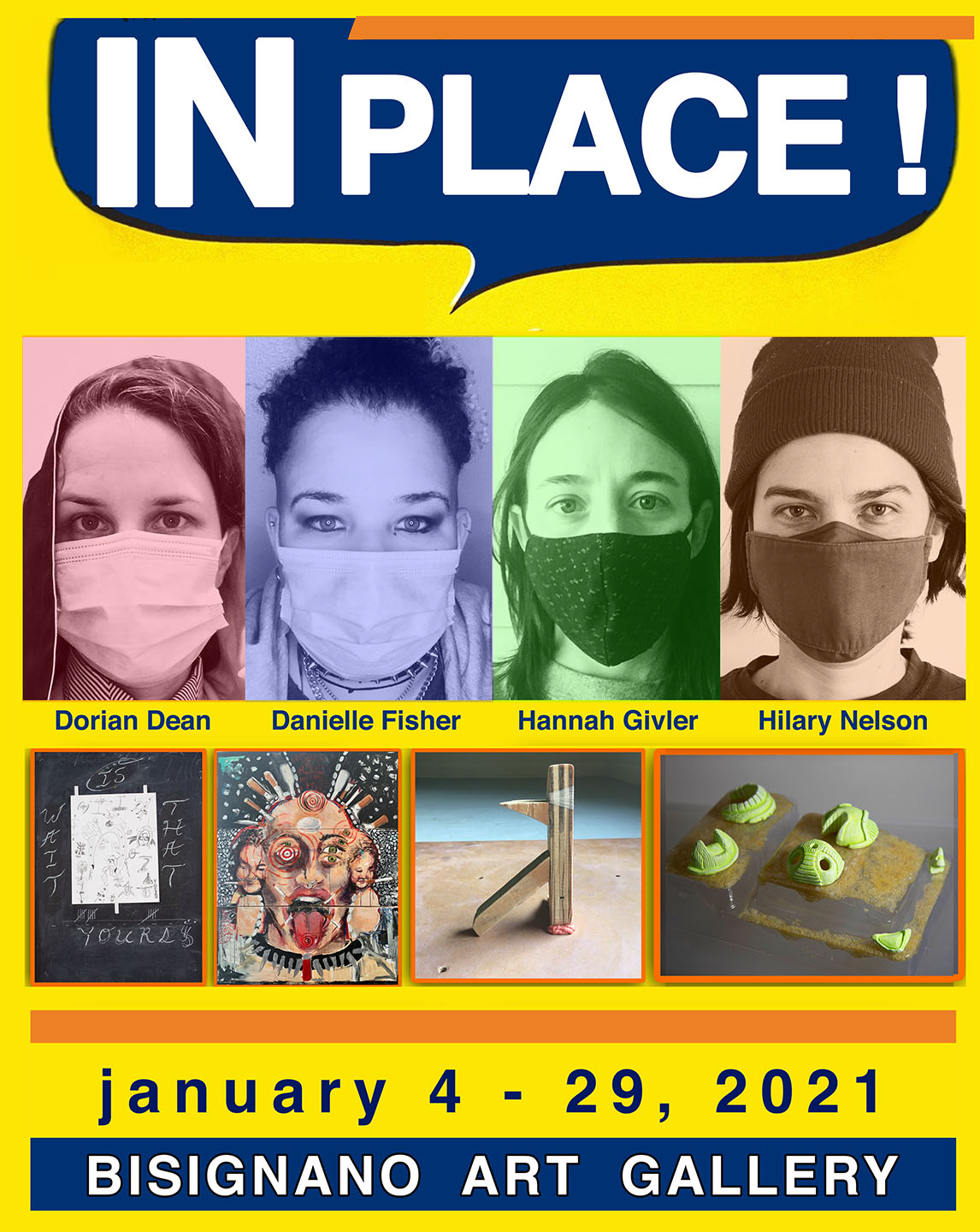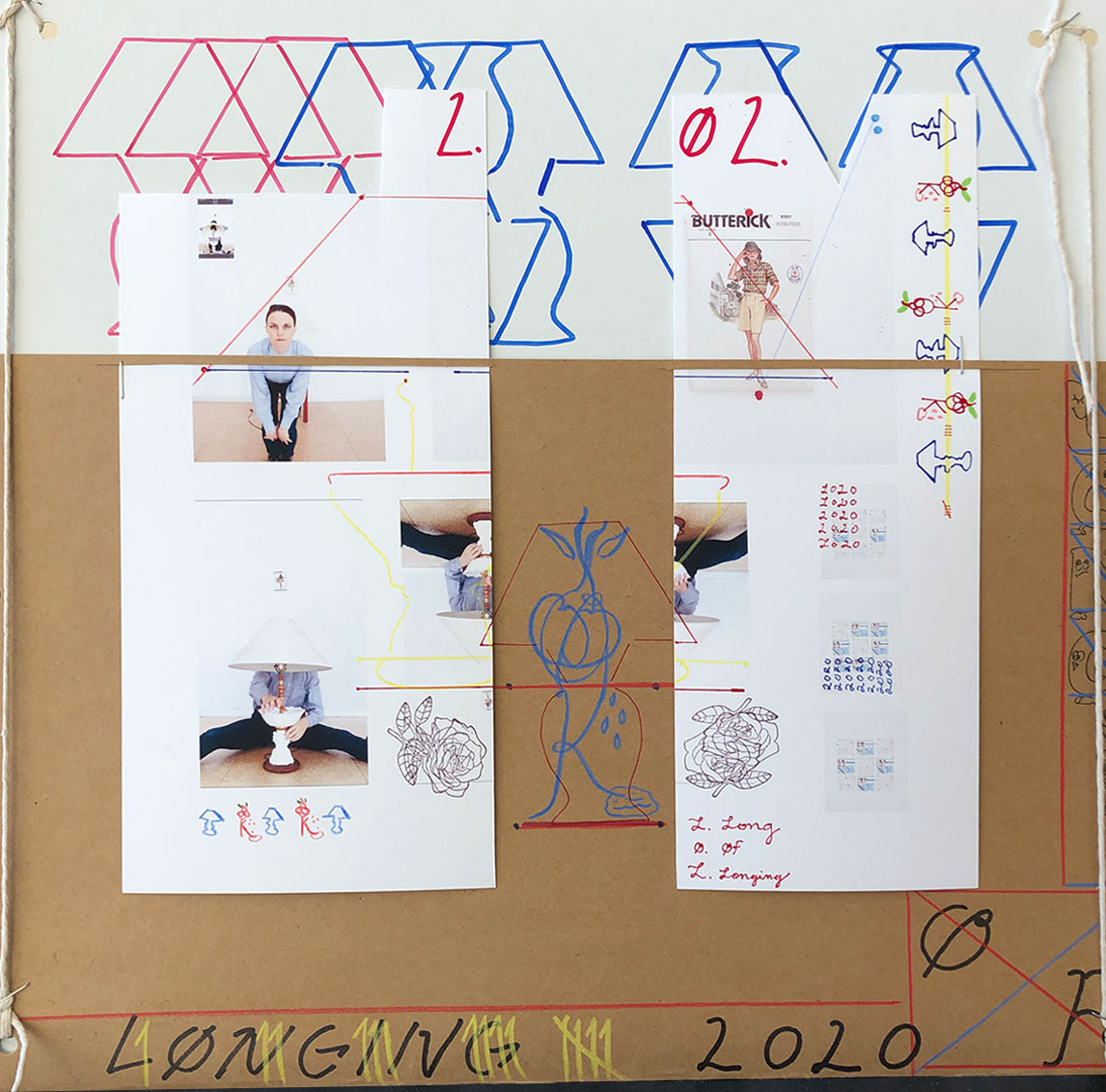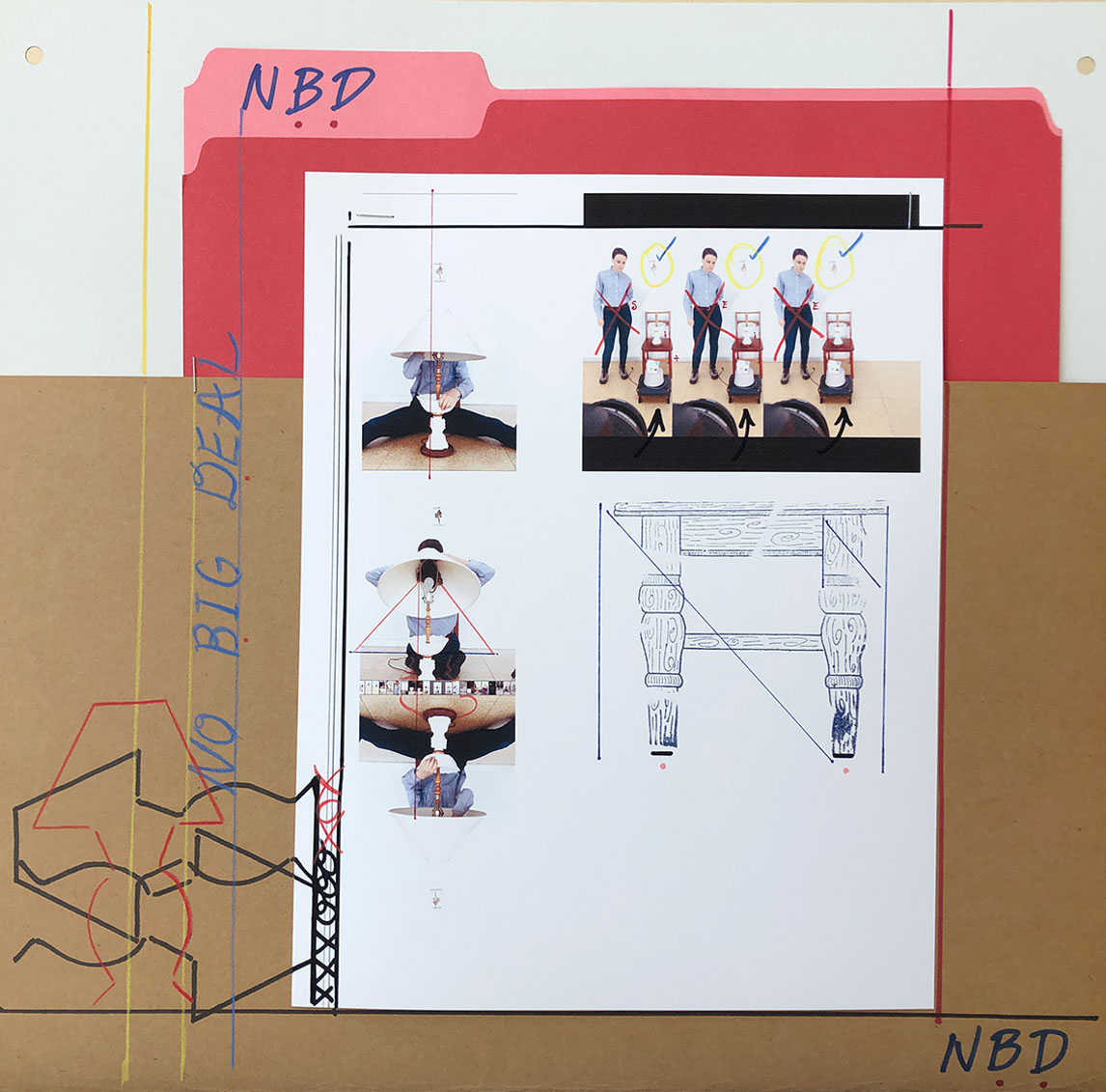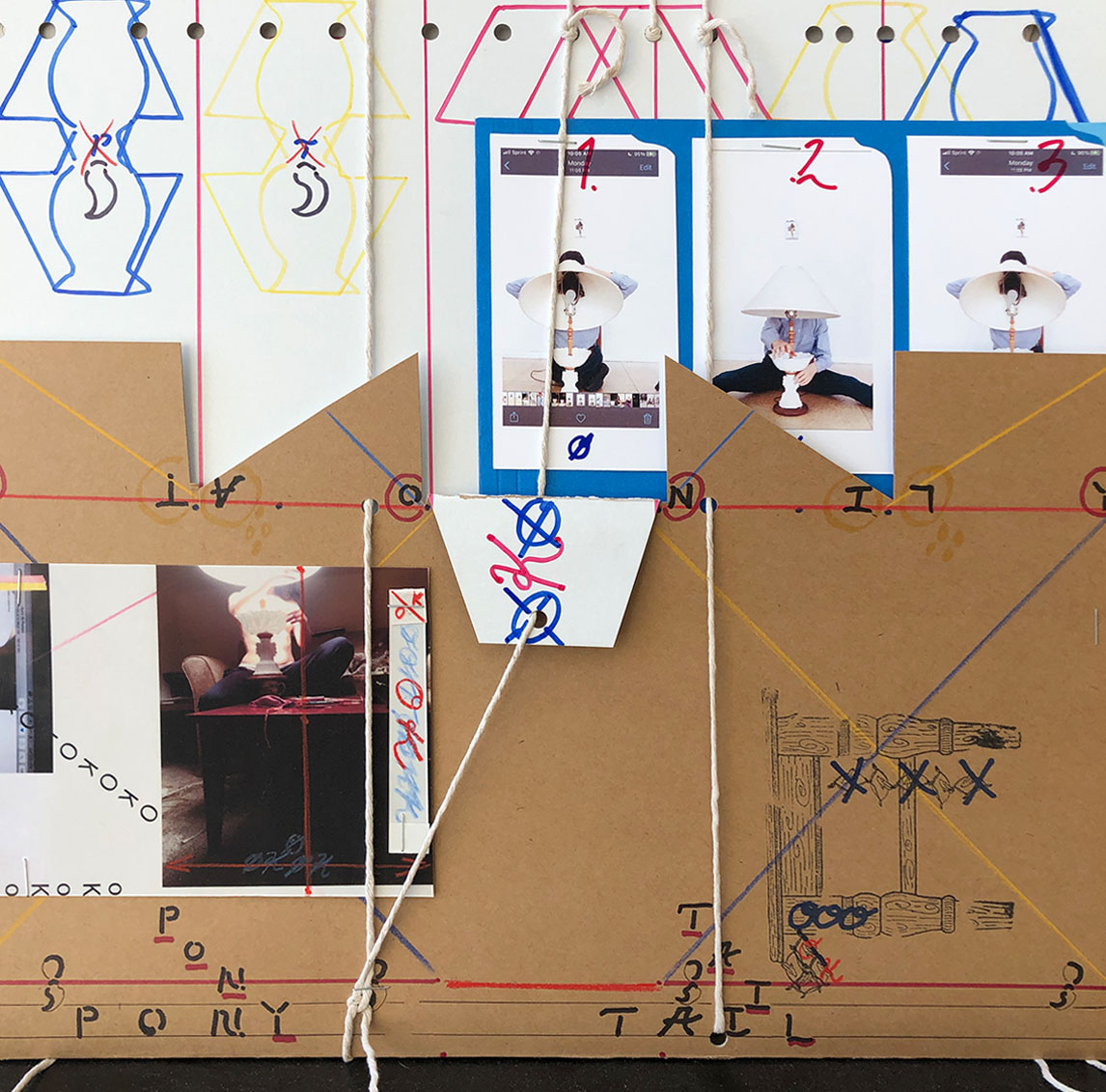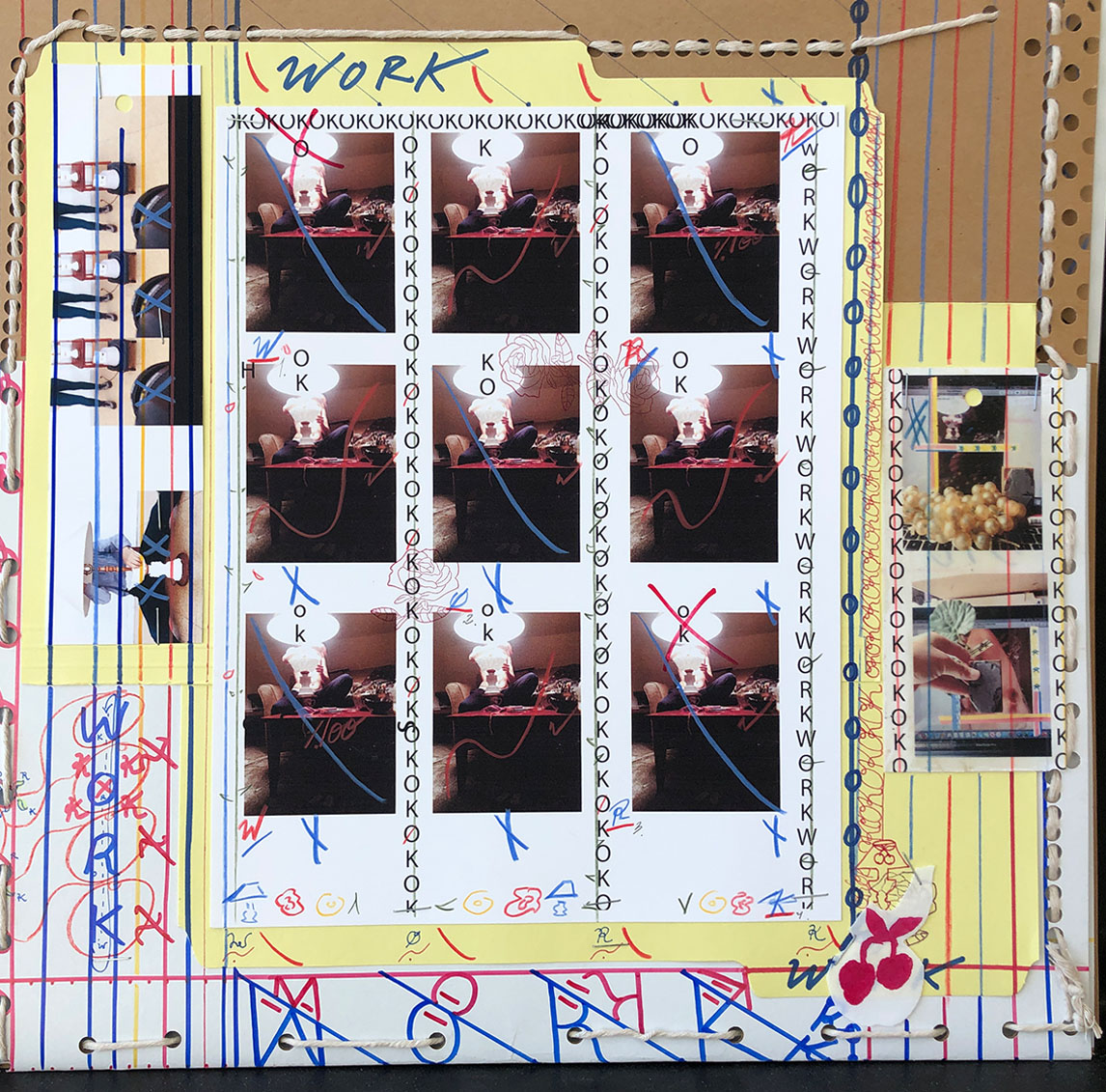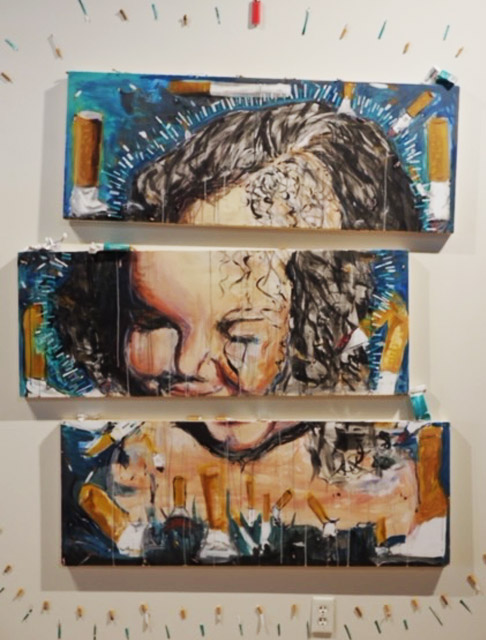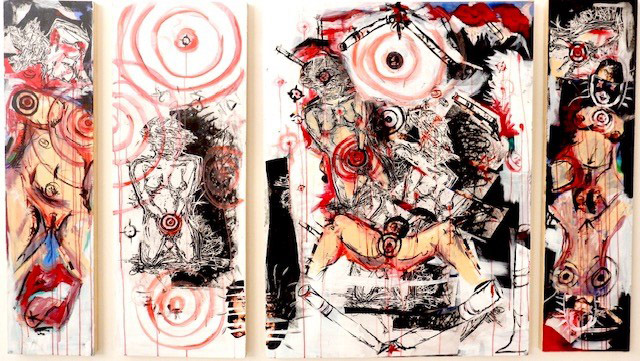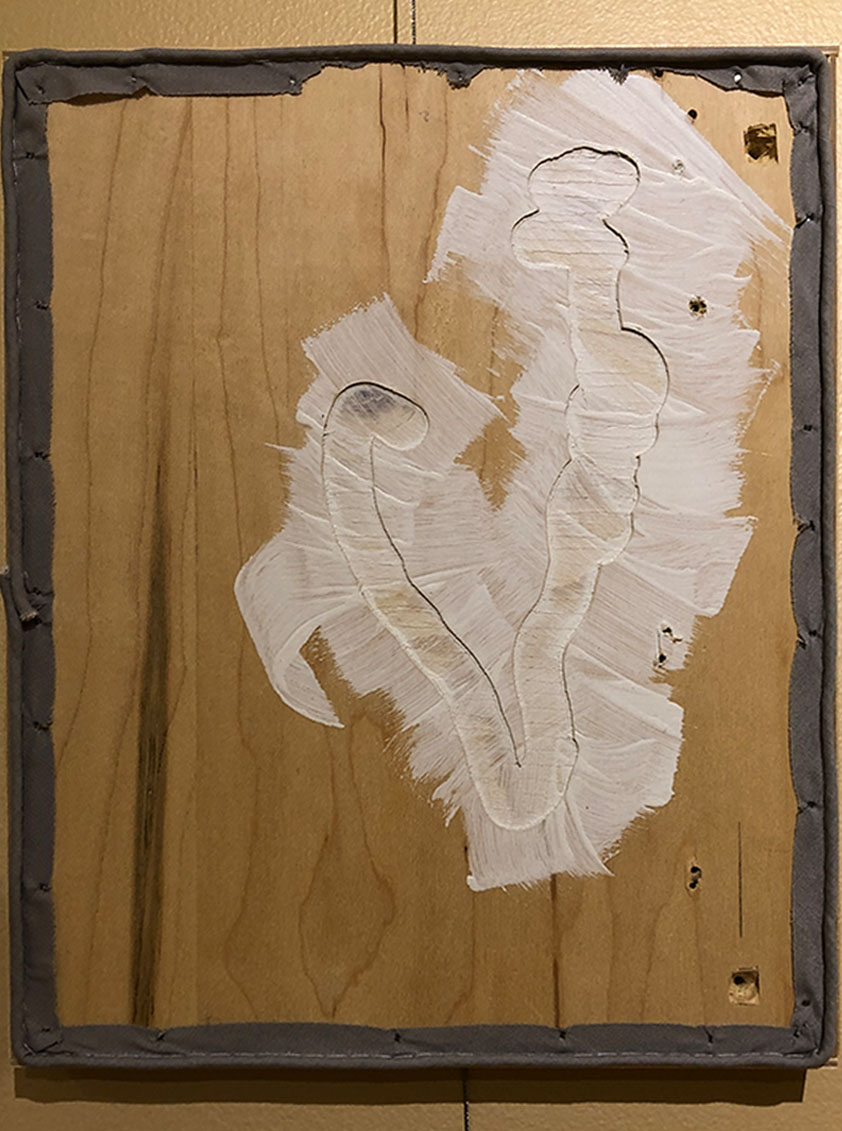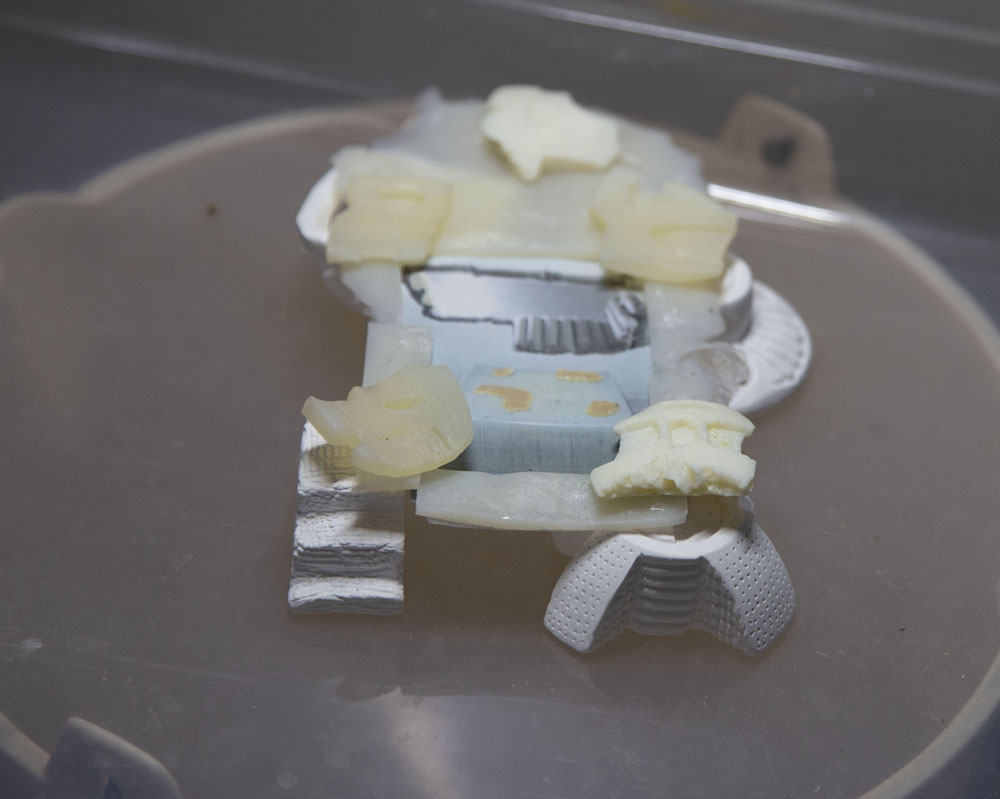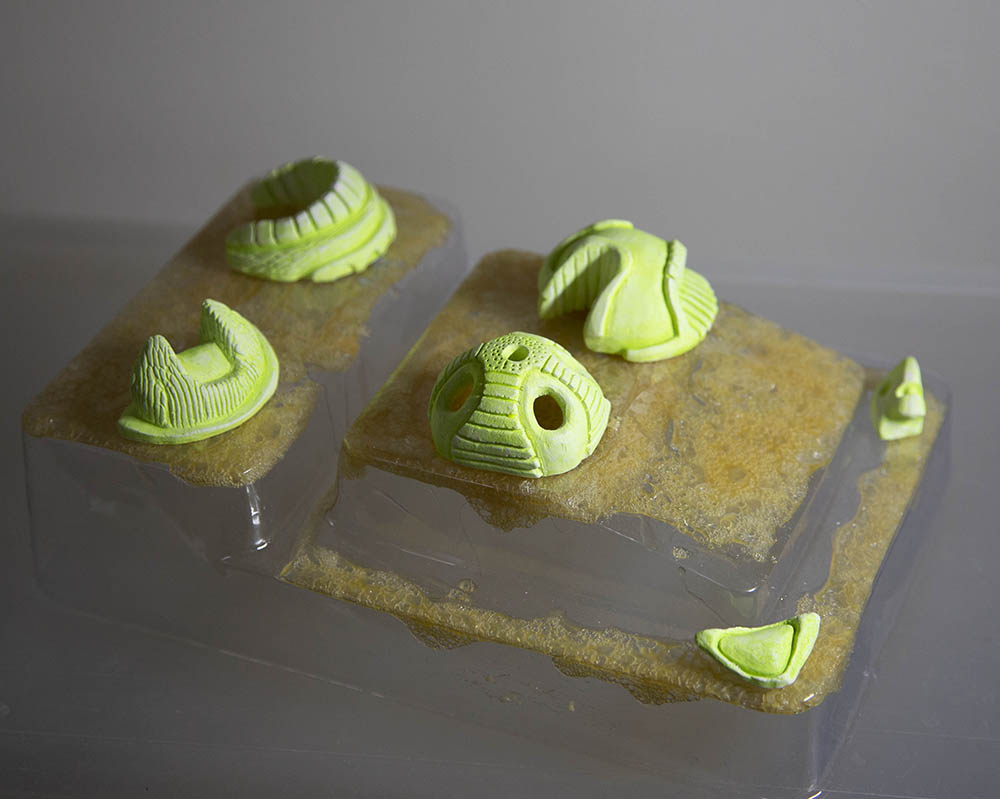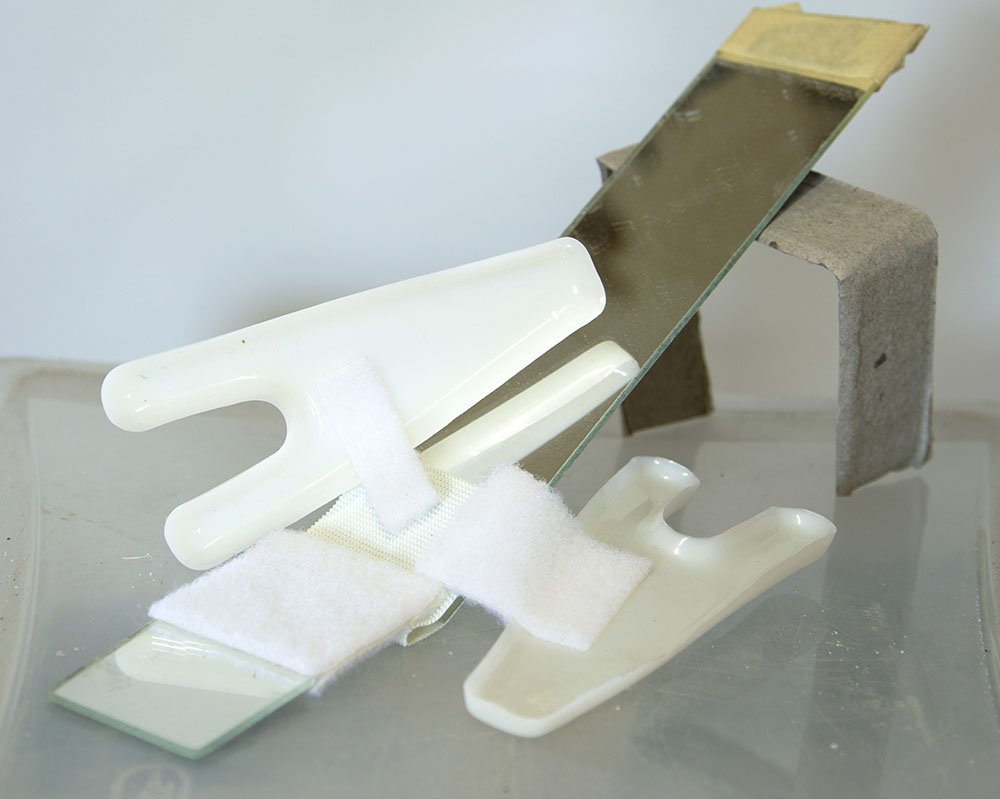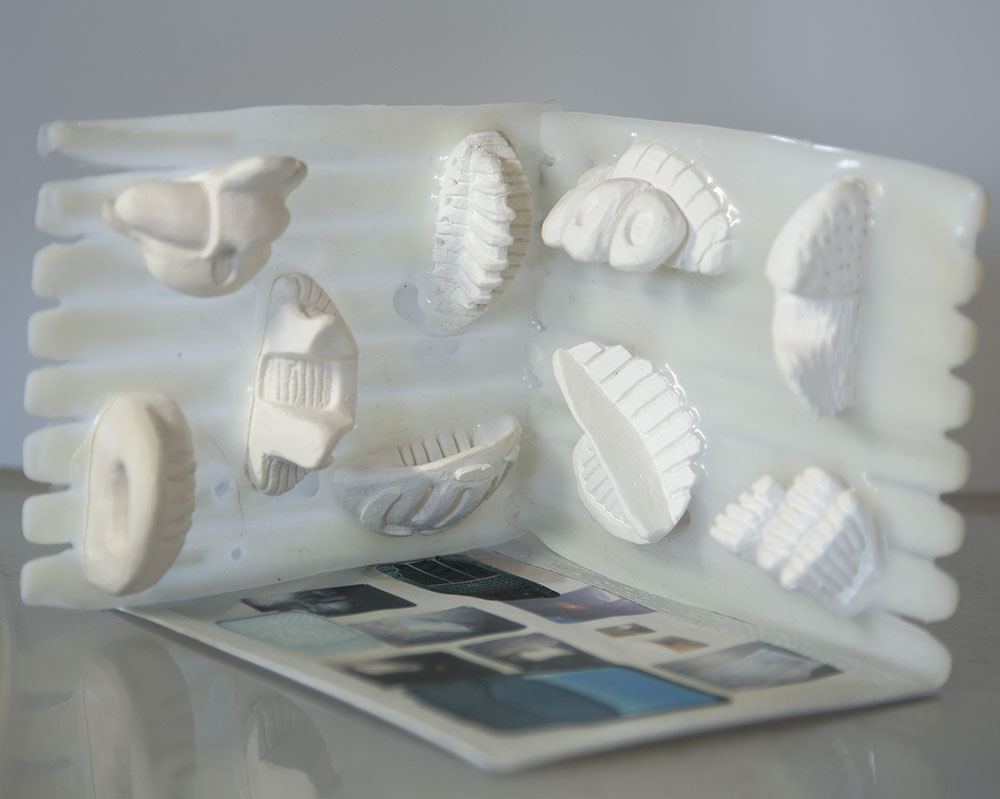
January 4 - 29, 2021. IN PLACE
Gallery Director
What's at stake in an art show? This is not an entirely absurd question in the 21st century, but I suppose it depends on the artworks themselves. In our space at the Bisignano Art Gallery, the issue of representation of the object is typically not a controversy. Our shows tend to endorse and reinforce the modernism of the early 20th century. Avant-garde movements quickly became the mainstay in art school curricula and thus could be seen in students' works. Art we display often reinforce the fact that Aristotle's mimesis was never exactly abandoned.
But this view is hardly universal. In the context of postmodernism, the break with old representation and interpretation is a shift away from commentary and explanation which rely on concepts to work by means of examples. Presentation and the role of objects rule independently. Some of these works are cool and gratuitous while others are just dripping with emotional angst. Talk about juxtaposition and even images beyond superimposition.
Admittedly, viewers might have problems with some of these works. This state of affairs is hardly rare in the history of modern art. As the human rights activist and Dean of Secondary Schools Program at Harvard has suggested, "Art should comfort the disturbed and disturb the comfortable" (Cesar Cruz). I have asked each artist to provide an Artist's Statement, which is displayed by their works. Perhaps this will assist the viewer.
It is a pleasure to acknowledge my assistant, Noah Bullock. While we do not have a Museum Studies major, he is carving out the equivalent coursework.
Alan Garfield
In Place Poster
